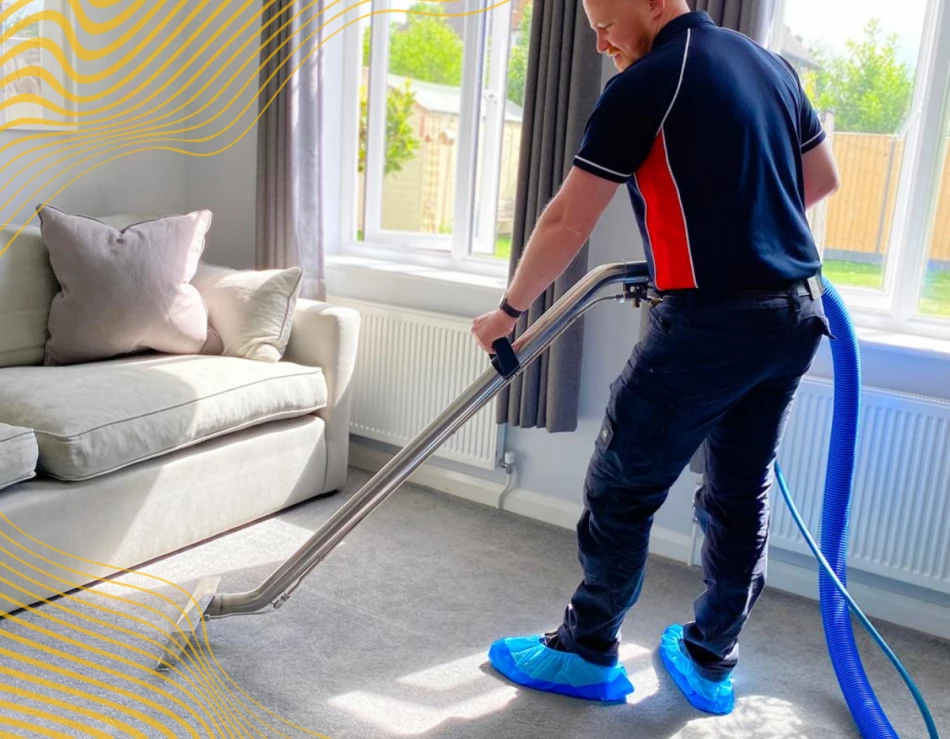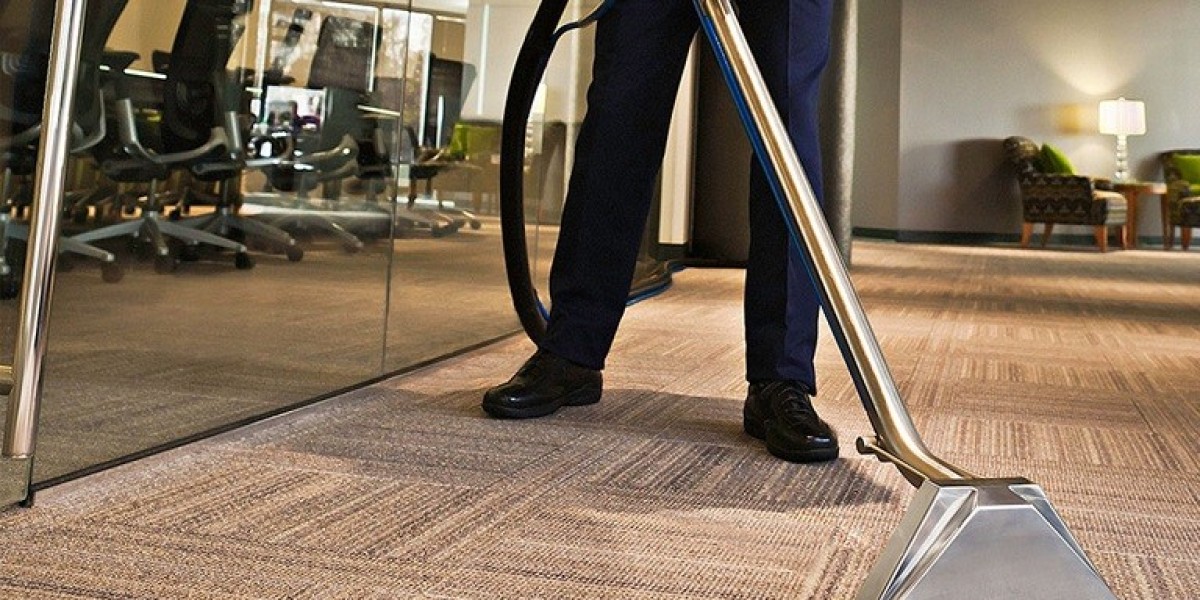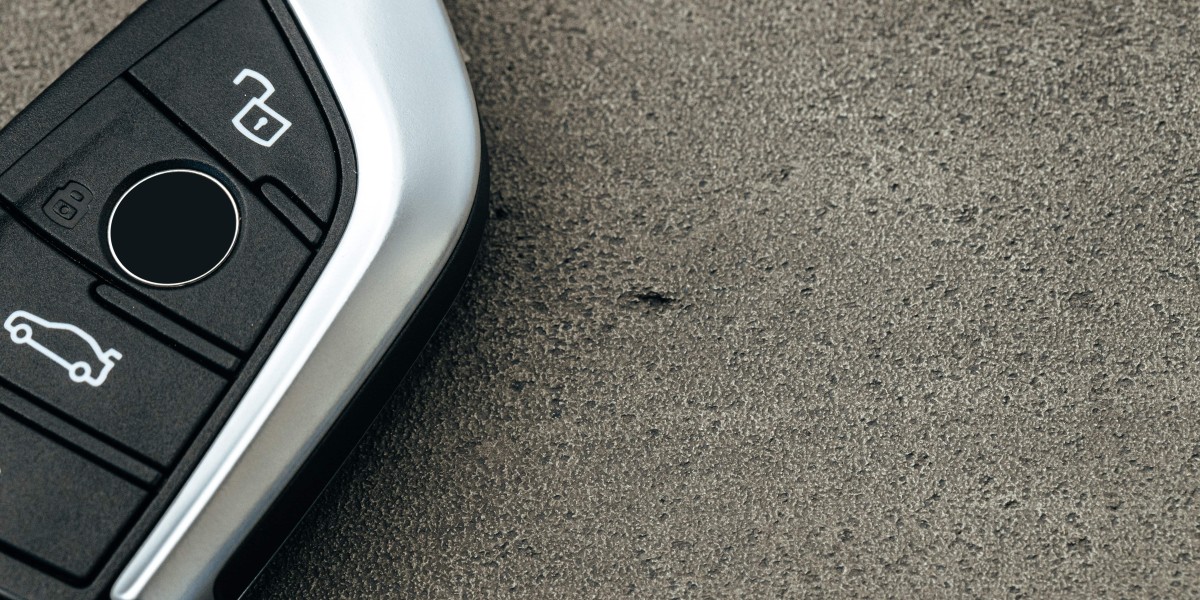Carpets are a popular flooring choice in homes and commercial spaces due to their aesthetic appeal, comfort, and insulation properties. However, carpets also accumulate dirt, allergens, and stains over time, necessitating regular cleaning to maintain their appearance and longevity. This study report delves into the various carpet cleaning techniques, the importance of regular maintenance, and best practices for effective cleaning.

Importance of Carpet Cleaning
- Health Benefits: Carpets can harbor dust mites, pet dander, mold, and other allergens that can affect indoor air quality and contribute to respiratory issues. Regular cleaning helps to reduce these allergens, creating a healthier environment, especially for individuals with allergies or asthma.
- Aesthetic Appeal: Clean carpets enhance the overall appearance of a space. Stains, dirt, and worn-out carpets can make a room look unkempt and diminish its aesthetic value. Regular cleaning helps to maintain the carpet's original color and texture.
- Longevity: Regular maintenance extends the life of carpets. Dirt and debris can cause fibers to break down over time, leading to premature wear. By investing in regular cleaning, homeowners and businesses can save money in the long run by avoiding the need for early replacement.
- Odor Removal: Carpets can absorb odors from pets, spills, and general use. Professional cleaning can effectively remove these odors, leaving the carpet smelling fresh.
Carpet Cleaning Techniques
There are several techniques for cleaning carpets, each with its own advantages and disadvantages. The choice of method often depends on the type of carpet, the extent of soiling, and personal preferences.
- Steam Cleaning (Hot Water Extraction): This method involves injecting hot water and cleaning solution into the carpet fibers, followed by vacuum extraction. Steam cleaning is effective in removing deep-seated dirt, stains, and allergens. It is recommended for heavily soiled carpets and is often performed by professional cleaners.
- Dry Cleaning: This technique uses a dry cleaning solvent and a machine to agitate the carpet fibers. It is less labor-intensive and requires less drying time compared to steam cleaning. However, it may not be as effective for deep stains or heavy soiling.
- Shampooing: Carpet shampooing involves applying a foamy cleaning solution to the carpet, agitating it with a machine, and then vacuuming up the residue. While this method can clean carpets effectively, it may leave behind a sticky residue if not rinsed properly.
- Bonnet Cleaning: This method is primarily used in commercial settings and involves using a rotary machine with a cleaning pad soaked in a cleaning solution. The pad absorbs dirt from the carpet surface. While it is quick and effective for surface cleaning, it does not provide a deep clean.
- Encapsulation: This method uses synthetic cleaning agents that crystallize dirt and grime into a powder that can be vacuumed away. Encapsulation is low-moisture and allows for quick drying, making it suitable for commercial environments.
Best Practices for Carpet Cleaning
- Regular Maintenance: Regular vacuuming is essential to remove surface dirt and prevent it from settling into the carpet fibers. It is recommended to vacuum high-traffic areas at least twice a week and other areas once a week.
- Spot Cleaning: Addressing spills and stains promptly can prevent them from setting. Blot the area with a clean cloth and a suitable cleaning solution, working from the outside of the stain toward the center to avoid spreading.
- Professional Cleaning: Schedule professional carpet cleaning at least once a year, or more frequently for high-traffic areas or homes with pets. Professionals have access to advanced equipment and cleaning solutions that can provide a deeper clean.
- Use of Mats and Runners: Placing mats at entryways can help reduce the amount of dirt and debris tracked onto carpets. This simple measure can significantly prolong the life of carpets.
- Appropriate Cleaning Solutions: Use cleaning solutions that are suitable for the specific type of carpet. Always test any cleaning solution on a small, inconspicuous area first to avoid discoloration or damage.
- Drying: Ensure that carpets dry completely after cleaning to prevent mold growth. Use fans or open windows to enhance airflow and speed up the drying process.
Conclusion
In conclusion, carpet cleaning is an essential aspect of maintaining a healthy and aesthetically pleasing environment. Regular cleaning not only improves indoor air quality and extends the life of carpets but also enhances the overall appearance of a space. Various cleaning techniques are available, each with its own pros and cons, and selecting the appropriate method depends on the specific needs of the carpet. By following best practices for maintenance and cleaning, homeowners and businesses can ensure their carpets remain clean, fresh, and inviting for years to come.









